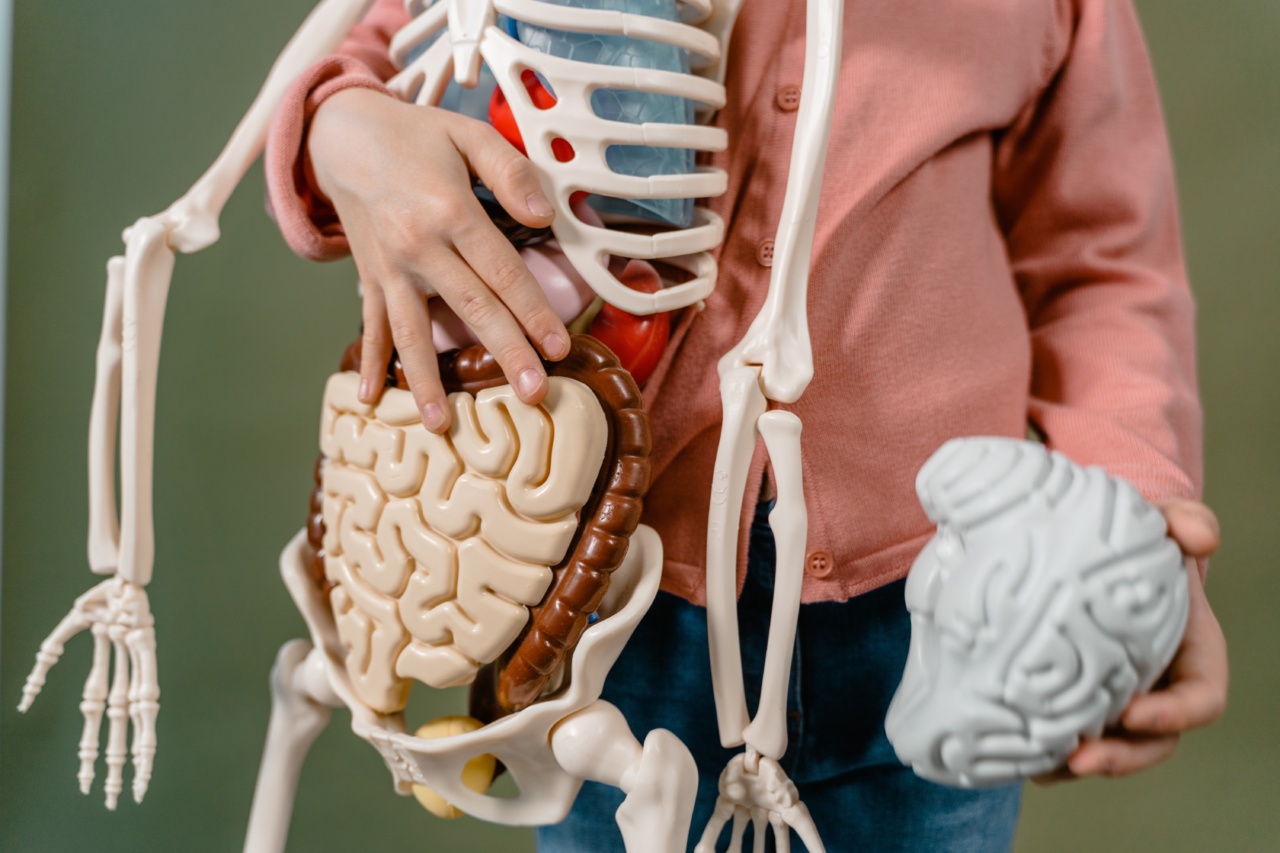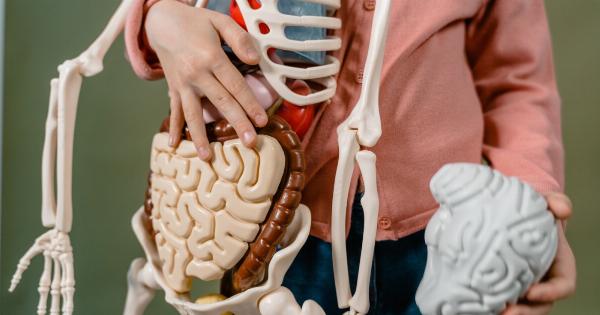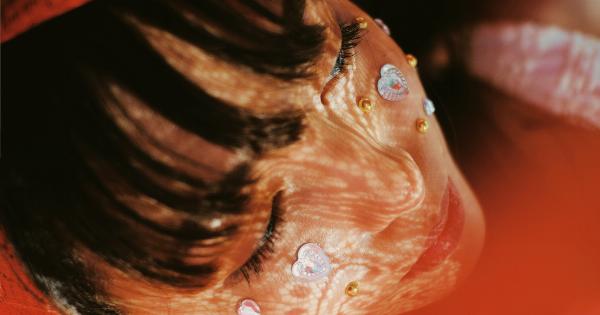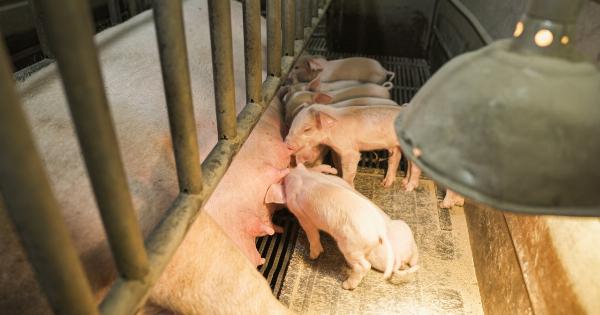Scientists often push the boundaries of what is possible in their quest to learn and discover new things. In recent years, they have taken on an incredible challenge: to create rats with a human brain.
What is a Rat with a Human Brain?
At its most basic level, a rat with a human brain is exactly what it sounds like: a rat that has been genetically engineered to possess human brain cells.
In order to achieve this, scientists extract human brain cells and implant them into the brains of rats. These human cells then integrate with the rat’s own cells, creating a “chimera” or hybrid creature.
But Why Would Scientists Want to Create Such a Thing?
The goal behind creating rats with human brains is to better understand the human brain and its various functions.
By studying how human brain cells interact with those of rats, scientists can get a better understanding of certain biological processes and how they might relate to human diseases like Alzheimer’s, Parkinson’s, and Huntington’s.
What Can We Learn from Rats with Human Brains?
So far, research on rats with human brains has yielded some interesting findings. For example, scientists have discovered that human brain cells transplanted into rats are able to grow and function as they would in a human brain.
This has led to new insights into how certain diseases affect the brain, and how different treatments might be developed to combat them.
Another area of research involves using rats with human brains to better understand how the brain develops and changes over time.
By studying how human neurons integrate with rat brains, scientists hope to gain a better understanding of how the brain develops and why certain brain functions decline as we age.
What Are the Ethical Implications of Creating Rats with Human Brains?
Of course, any time scientists begin to experiment with genetic engineering or human-animal hybrids, there are bound to be ethical concerns. In this case, critics argue that creating rats with human brains is a violation of animal rights.
Others worry that scientists may inadvertently create a creature with levels of consciousness or intelligence that would make it “more human” than rat, leading to questions about whether they should be granted certain legal protections or rights.
Despite these concerns, there is no doubt that the research being conducted on rats with human brains has the potential to yield valuable new insights into the brain and how it functions.
As such, it is likely that scientists will continue to push the boundaries of what is possible, even as they grapple with the ethical concerns that arise along the way.
Conclusion
The creation of rats with human brains may sound like something out of science fiction, but it is a very real and ongoing research project.
While there are certainly ethical concerns that must be considered, there is also no denying the potential benefits that this work could bring in terms of better understanding the brain and how it works. As always, it is up to us as a society to determine what types of research are acceptable and ethical, and what the implications of that research might be in the long term.































